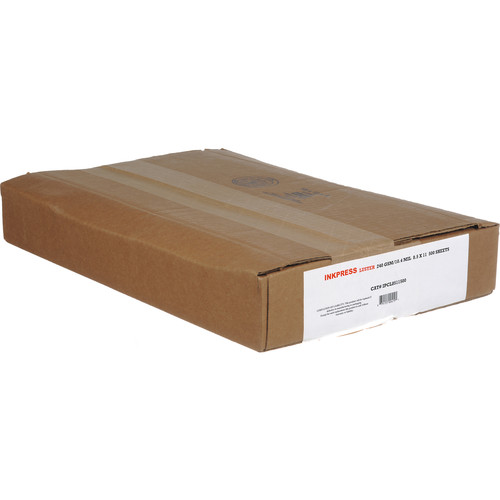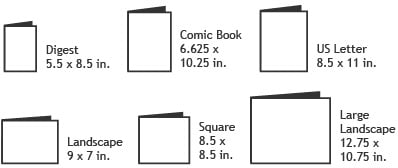
Generally the most popular alternate paper type, a majority of users will use glossy paper to print photographs. It is useful for the same types of tasks as standard paper, but is often a bit more expensive. While some recycled paper is more brown in color, white recycled paper is available as well.

Recycled paper has been manufactured from post-consumer waste, so it is more environmentally-friendly. This paper is generally the least expensive option, and is great for office memos and tasks that don’t require an impressive finish. Here are a few options:įor everyday printing, it is hard to beat standard paper. Especially for businesses that rely on printouts to represent the company, it is important to use paper that has more durability and flare than a standard sheet. Typically, the thicker the sheet of paper, the higher the quality of the print and the more prestige it represents. Armed with a bit of information, you can expand your printing horizons and step away from boring, plain prints when the right occasion calls for it. While there are a number of specialty media types, such as iron-on transfers, labels, and stickers, even traditional paper media comes in multiple types that can tailor the output to your specific needs. Most current models can print on a variety of paper types and different media types. Johann Gutenberg: The Inventor of Printing (London, England: Trustees of the British Museum, 1963).Printing is no longer limited to standard sheets of paper. Johannes Gutenberg: The Man and His Invention (Aldershot, England: Scolar Press, 1996). With access to printing presses, scientists, philosophers, politicians, and religious officials could replicate their ideas quickly and make them available to large audiences. Johannes Gutenberg's moveable type press marked the beginning of the Printing Revolution in the western world, a colossal moment in the history of information and learning. The process, while labor intensive, allowed Gutenberg to print pages at a much greater rate than printers using the block printing method or those doing manuscript work. The matrix was then mounted on the contact end of the modified screw press and lowered until it struck the paper underneath.

In order to print a page, Gutenberg would arrange the necessary letters on the matrix and coat them in his ink. Gutenberg also created a unique oil-based ink which transferred from his metal type to the printing substrate much more effectively than the water-based inks that other printers of the era used. This moveable type design allowed pages of text to be quickly assembled from a pre-cast selection of letters and symbols rather than laboriously carved from a block of wood as in the block printing method.

The printing press was built around the traditional screw press, a precursor to today's drill press, with an added matrix on which individually-cast letters and symbols could be arranged to form the desired text. Gutenberg's press was the combined effort of several discoveries and inventions.

The following year he printed his famous 42-line Bible, the first book printed on a moveable type press in the West. In 1454 Gutenberg put his press to commercial use, producing thousands of indulgences for the Church. By 1440 Gutenberg had established the basics of his printing press including the use of a mobile, reusable set of type, and within ten years he had constructed a working prototype of the press. In 1436 Johaness Gutenberg, a German goldsmith, began designing a machine capable of producing pages of text at an incredible speed-a product that he hoped would offset losses from a failed attempt to sell metal mirrors.


 0 kommentar(er)
0 kommentar(er)
